The streets of Tianjin come alive at dawn with the sizzle of batter hitting hot griddles and the rhythmic scraping of spatulas. Among the city's beloved breakfast traditions, jianbing guozi stands tall—a crispy, golden crepe cradling egg, fried dough, and savory sauces. But what separates an ordinary jianbing from the transcendent versions found in Tianjin's alleyways? The answer lies in the alchemy of mung bean flour.
For generations, Tianjin's jianbing masters have guarded their recipes with near-religious fervor. The foundation—a humble batter of ground mung beans—holds surprising complexity. Unlike the wheat-heavy imitations found elsewhere, authentic Tianjin jianbing relies on mung bean's delicate nuttiness and superior crispness. When mixed with water at precisely 62-65% hydration, the batter achieves a viscosity that spreads paper-thin yet holds structural integrity.
The magic unfolds at 180-190°C on cast-iron griddles seasoned by decades of use. Veteran vendors pour the batter with a wooden wand in concentric circles, their wrists flicking with practiced precision. This technique, called "xuan zhuan" (spreading), creates micro-thin layers that caramelize into lacy crispness. The mung bean's natural lack of gluten prevents toughness—a textural revelation compared to chewy wheat-based versions.
Purists insist on 100% mung bean flour, though some modern stalls blend in rice flour (never exceeding 20%) for added lift. The beans themselves matter profoundly—Tianjin chefs source Heilongjiang golden mung beans, prized for their buttery color and higher starch content. Soaked for exactly eight hours and stone-ground to preserve granular texture, these beans develop subtle floral notes absent in pre-packaged flours.
Timing proves equally crucial. The batter must rest 45 minutes to allow starch molecules to fully hydrate, creating that signature audible crunch. During cooking, steam rises in aromatic plumes as the batter transforms from pale cream to golden ochre—a color change vendors call "huang jin se" (golden hue). This visual cue signals the perfect moment to flip, ensuring the crepe achieves dual textures: glass-like crispness beneath with a tender egg-kissed surface above.
Beyond technical perfection, Tianjin's mung bean jianbing carries cultural DNA. The recipe traces to the 1930s when Shandong migrants adapted their home province's pancake techniques using northern ingredients. During lean times, mung beans' affordability made them staple fare. Today, that humble origin translates to what locals call "dou mian xiang"—the bean flour's earthy fragrance that lingers nostalgically in memory.
Modern food science confirms Tianjin's empirical wisdom. Mung beans contain 20-25% resistant starch, which caramelizes at lower temperatures than wheat gluten, creating superior crispness without burning. Their high protein content (24g per 100g) also aids browning reactions, while natural emulsifiers in the bean hulls prevent sticking—explaining why Tianjin vendors rarely use oil.
As dawn breaks over Haihe River, queues form before iconic stalls like Nanshi Food Street's "Old Li Jianbing", where third-generation owners still mix batter by moonlight. Regulars judge quality by sound—the perfect jianbing crackles like autumn leaves when folded. This auditory test, known as "cui sheng biao zhun" (crispness standard), proves the mung bean ratio is flawless.
In recent years, health-conscious urbanites have reignited appreciation for mung bean's nutritional virtues—high fiber, low glycemic index, and rich B vitamins. Yet for Tianjin natives, the true measure remains that first bite: the shattering crispness giving way to eggy tenderness, the umami of fermented bean paste cutting through the nutty sweetness of properly proportioned mung bean batter—a breakfast symphony perfected over centuries.
As globalization threatens regional foodways, Tianjin's jianbing stands resilient. UNESCO-listed as intangible cultural heritage in 2021, its preservation now extends beyond street carts to culinary schools where young chefs learn the sacred geometry of batter spreading. The mung bean ratio—once a family secret—is celebrated as civic pride, ensuring future generations will awaken to that unmistakable golden crunch.
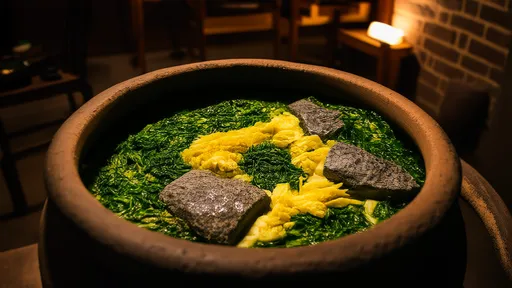
By /Jul 31, 2025
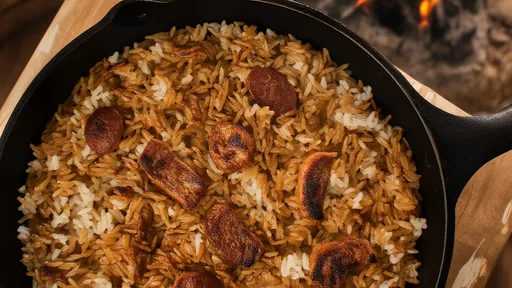
By /Jul 31, 2025
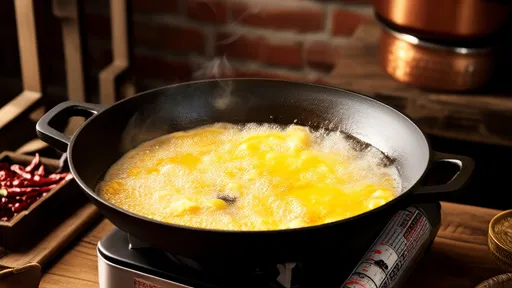
By /Jul 31, 2025
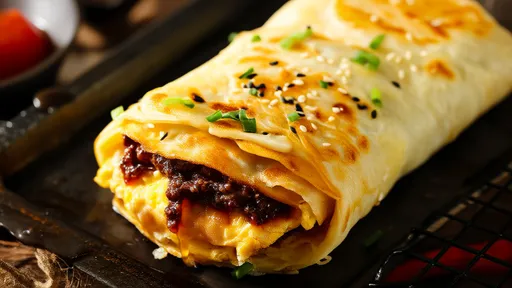
By /Jul 31, 2025
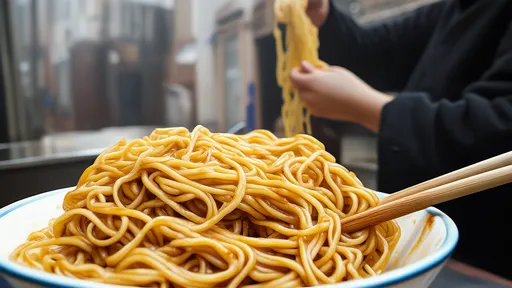
By /Jul 31, 2025

By /Jul 31, 2025

By /Jul 31, 2025
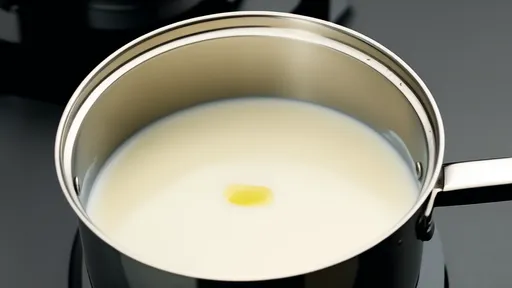
By /Jul 31, 2025

By /Jul 31, 2025

By /Jul 31, 2025
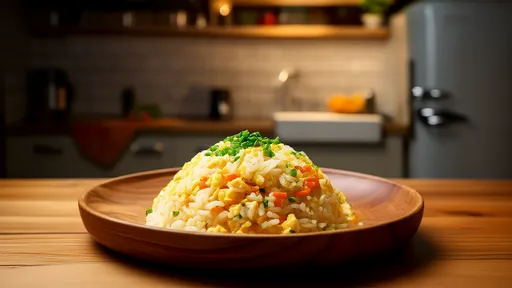
By /Jul 31, 2025

By /Jul 31, 2025
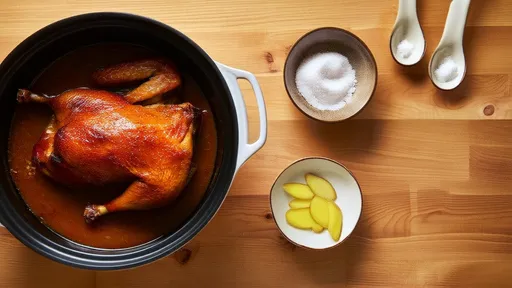
By /Jul 31, 2025
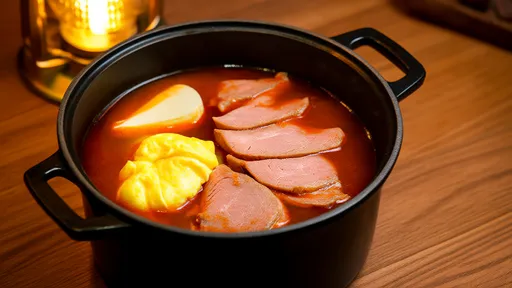
By /Jul 31, 2025
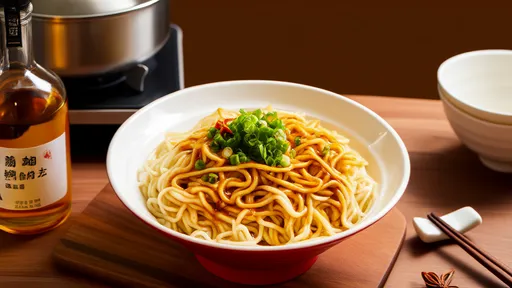
By /Jul 31, 2025

By /Jul 31, 2025
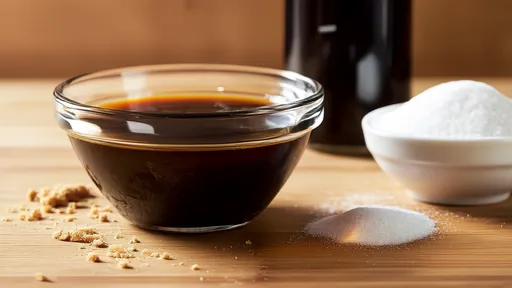
By /Jul 31, 2025
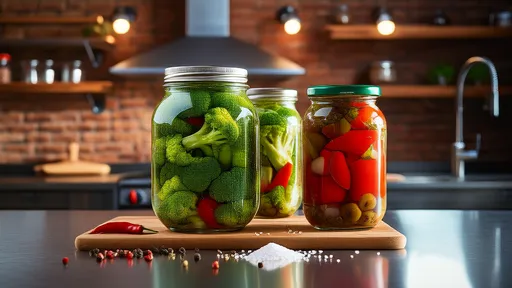
By /Jul 31, 2025
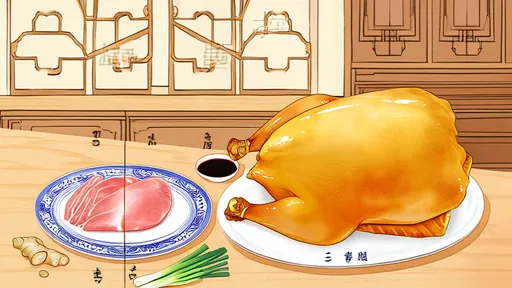
By /Jul 31, 2025

By /Jul 31, 2025